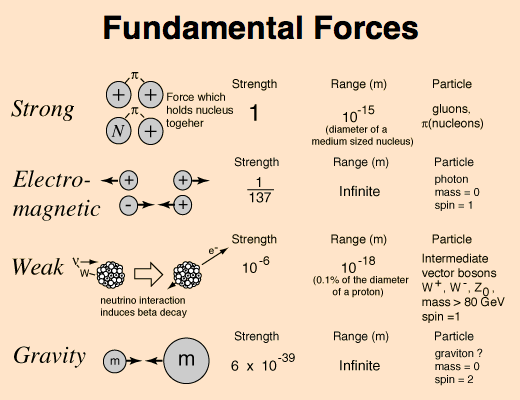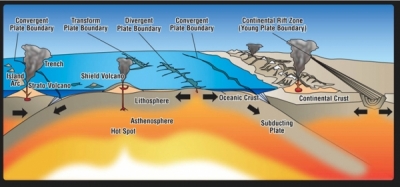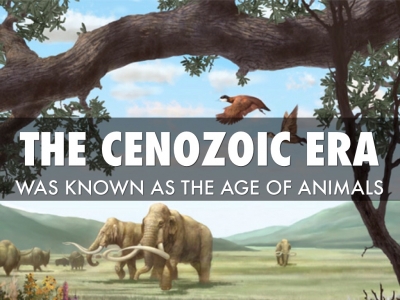WHAT ARE THE FOUR FUNDAMENTAL FORCES OF NATURE?

The Four Fundamental Forces of Nature are Gravitational force, Weak Nuclear force, Electromagnetic force and Strong Nuclear force. The Four Fundamental Forces of Nature are Gravitational force, Weak Nuclear force, Electromagnetic force and Strong Nuclear force.
Gravitational Force
The gravitational force is weak but very long-ranged. Furthermore, it is always attractive. It acts between any two pieces of matter in the Universe since mass is its source.
Weak Nuclear Force
The weak force is responsible for radioactive decay and neutrino interactions. It has a very short range and. As its name indicates, it is very weak. The weak force causes Beta-decay ie. the conversion of a neutron into a proton, an electron and an antineutrino.
Electromagnetic Force
The electromagnetic force causes electric and magnetic effects such as the repulsion between like electrical charges or the interaction of bar magnets. It is long-ranged but much weaker than the strong force. It can be attractive or repulsive and acts only between pieces of matter carrying an electrical charge. Electricity, magnetism, and light are all produced by this force.
Strong Nuclear Force
The strong interaction is very strong but very short-ranged. It is responsible for holding the nuclei of atoms together. It is basically attractive but can be effectively repulsive in some circumstances. The strong force is ‘carried’ by particles called gluons; that is, when two particles interact through the strong force, they do so by exchanging gluons. Thus, the quarks inside of the protons and neutrons are bound together by the exchange of the strong nuclear force.
Note: While they are close together the quarks experience little force, but as they separate the force between them grows rapidly, pulling them back together. To separate two quarks completely would require far more energy than any possible particle accelerator could provide.
Credit : Clearias
Picture Credit : Google

